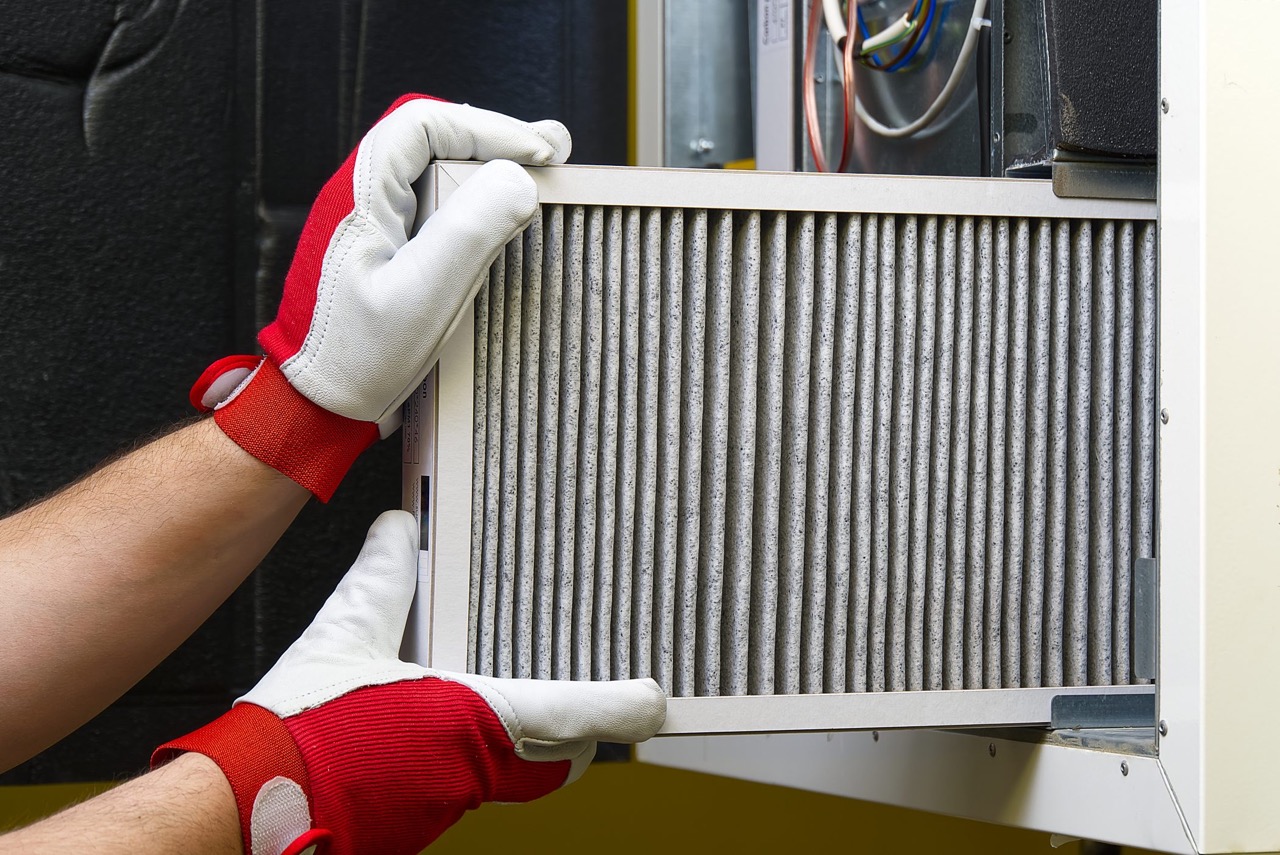

Articles
Where Is AC Filter
Modified: October 28, 2024
Looking for articles on AC filters? Find out where to locate and replace your AC filter for optimal air quality and efficiency.
(Many of the links in this article redirect to a specific reviewed product. Your purchase of these products through affiliate links helps to generate commission for Storables.com, at no extra cost. Learn more)
Introduction
In order to maintain a comfortable and healthy living environment, it is crucial that we take care of our air conditioning systems. One important component of an AC system is the air filter. AC filters play a vital role in keeping the air clean, free from dust, allergens, and other airborne particles. Understanding the purpose of the AC filter, its types, and where it is located is essential for proper maintenance and optimal performance of your air conditioning unit.
In this article, we will explore the significance of AC filters, the different types available, where they can be found in your AC system, and how to identify and maintain them. By the end of this article, you will have a comprehensive understanding of AC filters and the importance of keeping them clean and well-maintained.
Key Takeaways:
- Regularly inspect, clean, and replace your AC filter to maintain optimal performance, improve indoor air quality, and extend the lifespan of your air conditioning system.
- Different types of AC filters serve specific purposes, so choose the right one based on your filtration needs, air quality, and budget. Follow manufacturer’s guidelines for maintenance and replacement intervals.
Read more: Where Is AC Filter Located
Importance of AC Filter
The AC filter may seem like a small component of your air conditioning system, but it plays a crucial role in maintaining the air quality and overall performance of the system. Here are some key reasons why the AC filter is important:
- Cleaner Air: One of the primary functions of an AC filter is to capture and trap dust, debris, pollen, pet dander, and other airborne particles. It prevents these particles from circulating in your home and being inhaled by the occupants. This is especially beneficial for individuals with allergies or respiratory conditions.
- Better Indoor Air Quality: By filtering out contaminants, the AC filter helps improve the overall air quality in your home. It reduces the presence of pollutants that can cause odors, irritation, or discomfort. This is particularly important if you have young children or elderly family members who may be more sensitive to airborne particles.
- Increased Energy Efficiency: A clean AC filter allows the air conditioning system to function more efficiently. When the filter is clogged with dirt and debris, it restricts the airflow, making the system work harder to cool your home. By regularly replacing or cleaning the filter, you can help your AC unit operate more efficiently, reducing energy consumption and utility costs.
- Extended Lifespan of the AC System: Proper maintenance of the AC filter can prolong the lifespan of your air conditioning unit. When the filter is dirty and clogged, it forces the system to work harder, leading to wear and tear on various components. By keeping the filter clean, you can prevent unnecessary strain on the system, potentially saving you from costly repairs or premature replacement.
Considering these benefits, it is evident that the AC filter plays a vital role in maintaining a healthy, comfortable, and energy-efficient indoor environment. Regularly inspecting and maintaining your AC filter should be part of your routine HVAC maintenance to ensure optimal performance and a healthier living space.
Types of AC Filters
AC filters come in various types and materials, each designed to serve a specific purpose. Understanding the different types of AC filters will help you choose the right one for your air conditioning system. Here are the most common types of AC filters:
- Fiberglass Filters: Fiberglass filters are the most basic and affordable option. They are made of layered fiberglass fibers, which help trap large particles but are not as effective at capturing smaller particles or allergens. These filters require frequent replacement.
- Pleated Filters: Pleated filters are constructed with folded layers of fabric or paper. They have a larger surface area compared to fiberglass filters, allowing for better filtration of smaller particles. Pleated filters are more effective at capturing allergens, dust, and pet dander. They offer better airflow resistance and typically require replacement every three months.
- Electrostatic Filters: Electrostatic filters use static electricity to attract particles and are available in both washable and disposable variants. They are capable of capturing smaller particles and are more efficient at removing allergens from the air. Washable electrostatic filters can be reused after cleaning, while disposable ones need to be replaced regularly.
- HEPA Filters: High-Efficiency Particulate Air (HEPA) filters are the most advanced and effective filters available. They are capable of trapping up to 99.97% of particles as small as 0.3 microns. HEPA filters are commonly used in hospitals and cleanroom environments. However, they may put additional strain on the AC system, require professional installation, and need more frequent replacement.
- Activated Carbon Filters: Activated carbon filters are designed to remove odors, volatile organic compounds (VOCs), and harmful gases from the air. These filters contain a layer of activated carbon that absorbs and traps these pollutants. Activated carbon filters are often used in combination with other filters for better overall air quality.
When choosing an AC filter, consider factors such as your specific filtration needs, the air quality in your area, and your budget. It is also important to follow the manufacturer’s recommendations for filter compatibility and replacement intervals to ensure optimal performance and efficiency of your air conditioning system.
Common Locations of AC Filters
The location of the AC filter can vary depending on the type of air conditioning system you have. Here are the common locations where you can typically find the AC filter:
- Central AC Units: For homes with a central air conditioning unit, the filter is typically located in the return air duct or the air handler unit. The return air duct is usually a big grille or register located on a wall, ceiling, or floor. The filter is situated behind the grille and can be accessed by opening it or removing a panel. In some cases, the air handler unit itself may have a filter compartment that can be easily accessed.
- Window AC Units: Window air conditioning units usually have the filter located at the front of the unit. Some units may have a small panel that can be easily opened to access the filter, while others may require removing the front grille or cover to reach the filter.
- Ducted AC Systems: In buildings with a ducted air conditioning system, the filters are typically located at the air intake registers or grilles in each room. These registers are usually mounted on the walls, ceilings, or floors. The filters can be accessed by removing the register cover or grille, allowing you to replace or clean the filters.
- Mini-split AC Systems: Mini-split or ductless AC systems may have filters located behind the front cover of each indoor unit. These units often have removable panels or access doors for easy filter replacement or cleaning. Refer to the manufacturer’s instructions or user manual to locate and access the filters in your specific mini-split system.
It’s important to note that the location and accessibility of the AC filter may vary depending on the specific make and model of your air conditioning system. If you’re unsure about the location of the filter, refer to your user manual or consult with a professional HVAC technician for assistance.
Check the owner’s manual or look for a labeled access panel near the air handler. The filter may be located in the return air duct, near the blower, or in the furnace cabinet.
How to Find the AC Filter
Locating the AC filter in your air conditioning system is essential for proper maintenance. Here are some general steps to help you find the AC filter:
- Refer to the User Manual: The user manual for your air conditioning system is a valuable resource that provides information about the location and accessibility of the AC filter. It will also guide you on how to properly remove and replace the filter. If you don’t have the manual, you can often find it online on the manufacturer’s website.
- Inspect the Return Air Grille or Panels: If you have a central air conditioning system, start by inspecting the return air grilles or panels. These are usually large grilles or registers located on walls, ceilings, or floors. Look for any latches, clips, or screws that may be securing the grille or panel. Open or remove the grille or panel to access the filter compartment located behind it.
- Check the Air Handler Unit: In some central AC systems, the filter may be housed within the air handler unit itself. The air handler is typically located in a utility room, basement, or attic. Inspect the sides or front panel of the air handler for any latches, clips, or screws that may need to be undone to access the filter. Follow the instructions in the user manual to safely open the air handler and locate the filter.
- Inspect the Window AC Unit: For window air conditioning units, the filter is usually located at the front of the unit. Look for any tabs, levers, or buttons that allow you to remove the front grille or cover. Once removed, you should be able to see the filter in place. Make sure to clean or replace the filter according to the manufacturer’s instructions.
- Remove the Air Intake Register or Grille: In buildings with ducted AC systems, the filters may be located behind the air intake registers or grilles in each room. Inspect the registers or grilles mounted on the walls, ceilings, or floors. Look for any screws, clips, or levers that need to be loosened or pressed to remove the register or grille. Once removed, you will have access to the filters for cleaning or replacement.
Remember, the exact location and accessibility of the AC filter may vary depending on the specific make and model of your air conditioning system. If you’re uncertain or unable to find the filter, it’s best to consult the user manual or seek assistance from a professional HVAC technician.
Read more: Where Is The Filter In A Dishwasher
Signs of a Dirty AC Filter
Regularly inspecting and replacing the AC filter is important to ensure optimal performance and efficiency of your air conditioning system. Here are some common signs that indicate a dirty AC filter:
- Reduced Airflow: One of the most noticeable signs of a dirty AC filter is reduced airflow from the air conditioner vents. If you notice that the airflow has weakened or the air coming out of the vents feels weak, it could be due to a clogged filter. The accumulation of dirt and debris on the filter restricts the airflow, making it harder for your system to cool the air effectively.
- Poor Cooling Performance: A dirty filter can impact the cooling performance of your air conditioning system. If you find that your home is not cooling as efficiently as before, or it takes longer for the temperature to reach the desired level, it could be a result of a dirty filter. The restricted airflow caused by a clogged filter can hinder the cooling capacity of your AC unit.
- Increase in Energy Consumption: A dirty AC filter forces your air conditioning system to work harder to maintain the desired temperature. When the system is straining to draw air through a dirty filter, it consumes more energy than necessary. As a result, you may notice a spike in your energy bills. Regularly cleaning or replacing the filter can help improve energy efficiency and reduce utility costs.
- Excessive Dust or Allergens: If you start to notice an increase in the amount of dust in your home or experience more allergy symptoms when your AC is running, a dirty filter could be the culprit. When the filter is clogged, it cannot effectively capture and trap airborne particles, leading to increased dust and allergens circulating in your home. Clean air filters help maintain a cleaner and healthier indoor environment.
- Strange Odors: A dirty AC filter can emit unpleasant odors when the accumulated dust and debris start to decompose. If you detect musty or stale odors coming from your air conditioning vents, it may be a sign that your filter needs to be cleaned or replaced. Addressing the issue promptly will help eliminate the odors and improve the overall air quality in your home.
To prevent these issues and ensure the efficient operation of your air conditioning system, it’s important to inspect the AC filter regularly and clean or replace it as needed. Follow the manufacturer’s guidelines for the recommended filter replacement schedule and proper maintenance procedures to keep your AC system running smoothly.
Proper Maintenance of AC Filters
Maintaining your AC filter is essential to ensure optimal performance, energy efficiency, and indoor air quality. Here are some key steps to properly maintain your AC filters:
- Regular Inspections: Check your AC filter regularly to assess its cleanliness. It’s recommended to inspect the filter at least once a month, especially during periods of heavy use. Look for signs of dust buildup, debris, or discoloration, indicating that the filter needs to be cleaned or replaced.
- Cleaning or Replacement: Depending on the type of AC filter you have, you may need to clean or replace it. Disposable filters typically need replacement, while some filters are washable and can be reused after cleaning. Refer to the manufacturer’s instructions for the specific cleaning or replacement guidelines. It’s important to follow these instructions to maintain the efficiency of the filter and avoid damaging it.
- Proper Cleaning Techniques: If you have a washable filter, clean it by gently rinsing it under running water or using a vacuum cleaner with a brush attachment to remove dust and debris. Be careful not to damage the filter material during the cleaning process. Allow the filter to dry completely before reinstalling it. For disposable filters, carefully remove and dispose of them, following local waste disposal regulations.
- Replacement Intervals: It’s important to replace disposable filters according to the manufacturer’s recommendations. Some filters may need to be replaced every month, while others may have a longer lifespan of three to six months. Regularly replacing the filters ensures optimal filtration efficiency and prevents dust and allergens from accumulating in your air conditioning system.
- Air Filter Upgrades: Consider upgrading to more efficient filters, such as pleated or electrostatic filters, if you desire better air quality. These filters have higher filtration capabilities and can effectively capture smaller particles and allergens. However, keep in mind that certain high-efficiency filters may increase resistance and strain on your air conditioning system, so consult with an HVAC professional before making any changes.
- Maintaining a Cleaning Schedule: Establish a regular cleaning and maintenance schedule for your AC filters. Set reminders to check the filters monthly or based on the manufacturer’s recommendations. Consistently maintaining your filters will help prolong the lifespan of your air conditioning system and ensure that it operates at its best.
Remember, proper maintenance of your AC filters not only improves the air quality in your home but also extends the life of your air conditioning system. By following these maintenance tips and staying proactive, you can enjoy a more comfortable and healthier indoor environment.
Conclusion
AC filters play a critical role in maintaining clean air, improving indoor air quality, and enhancing the overall performance of your air conditioning system. By understanding the importance of AC filters, the various types available, and where to locate them, you can take proactive steps to ensure their proper maintenance.
Regularly inspecting, cleaning, and replacing your AC filter is essential to keep it functioning optimally. A dirty filter can restrict airflow, reduce cooling performance, increase energy consumption, and contribute to poor indoor air quality. By addressing these issues promptly through proper maintenance, you can enjoy better air quality, lower energy costs, and a longer lifespan for your AC system.
Remember to refer to your user manual for specific instructions on how to clean or replace your filter. Different types of filters require different maintenance approaches, so it’s important to follow the manufacturer’s guidelines for your specific filter. If you’re unsure about the maintenance process, it’s always a good idea to consult with a professional HVAC technician for assistance.
In conclusion, taking care of your AC filters is essential for a comfortable and healthy living environment. Regularly inspecting, cleaning, and replacing your filters will help ensure optimal performance, improve indoor air quality, and extend the lifespan of your air conditioning system. By prioritizing AC filter maintenance, you can enjoy clean, cool air and a more energy-efficient home.
Frequently Asked Questions about Where Is AC Filter
Was this page helpful?
At Storables.com, we guarantee accurate and reliable information. Our content, validated by Expert Board Contributors, is crafted following stringent Editorial Policies. We're committed to providing you with well-researched, expert-backed insights for all your informational needs.
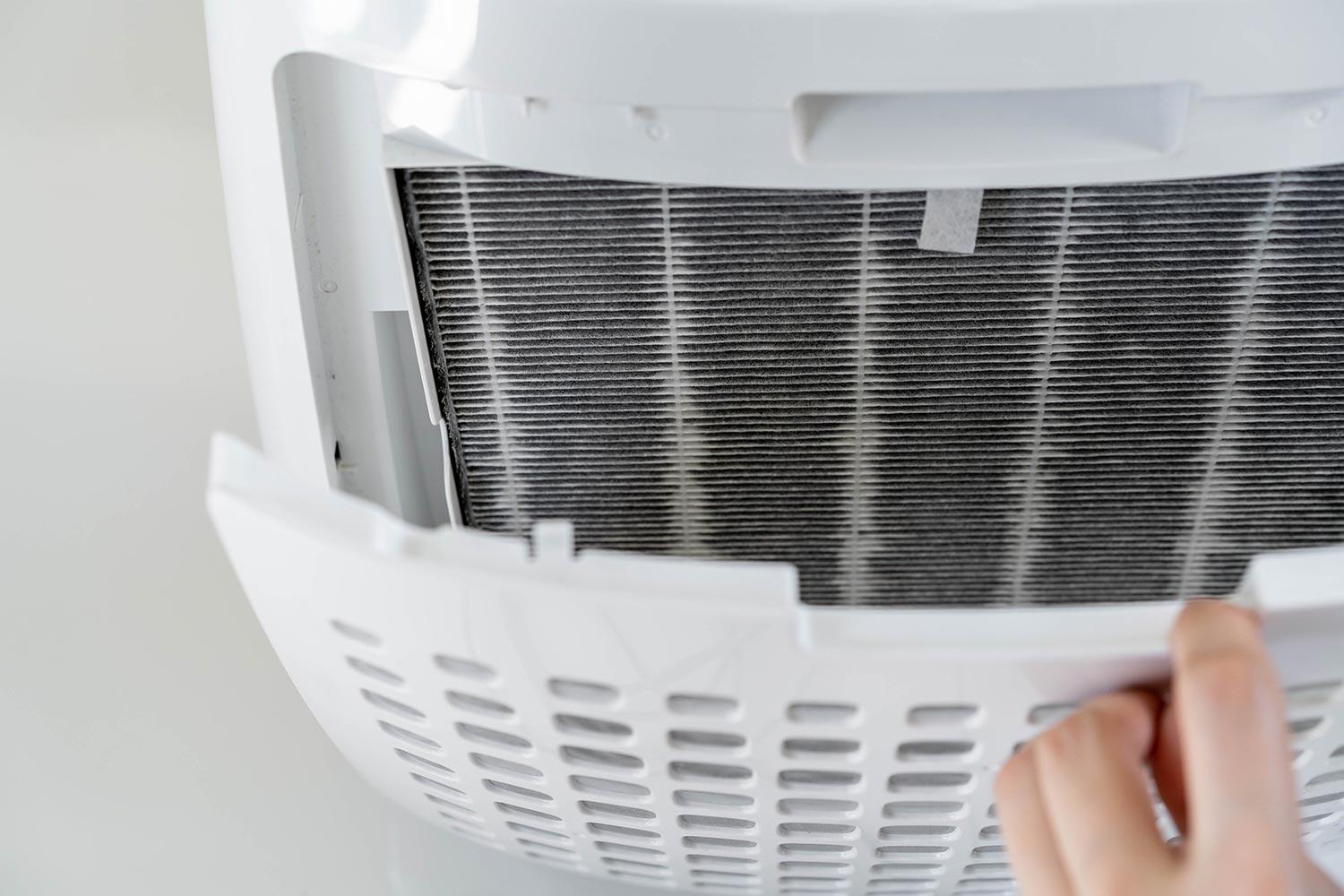
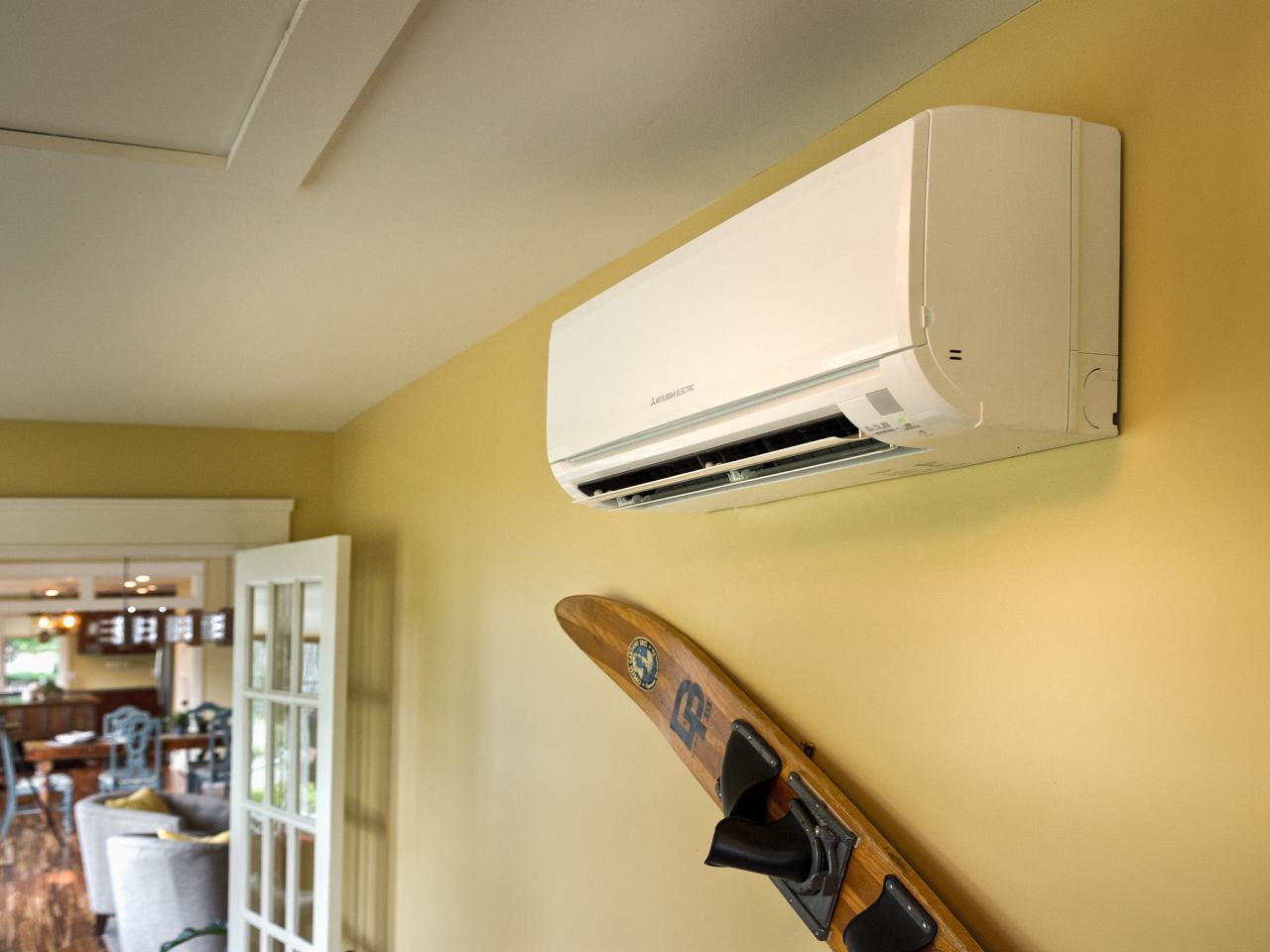
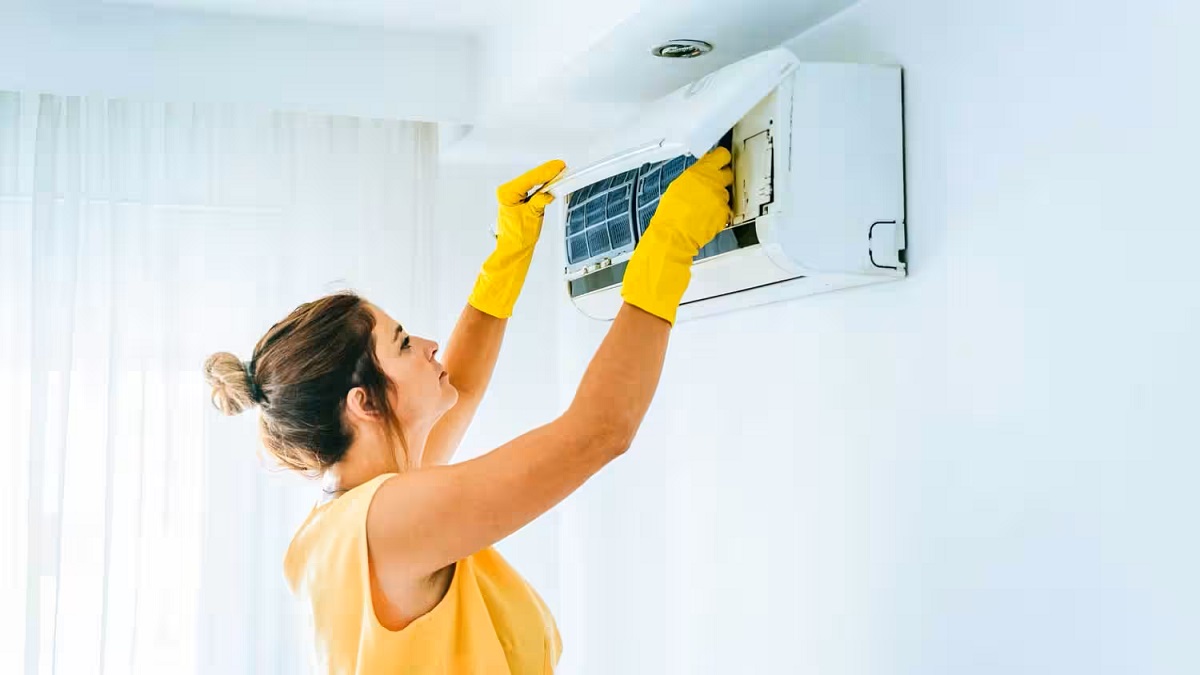
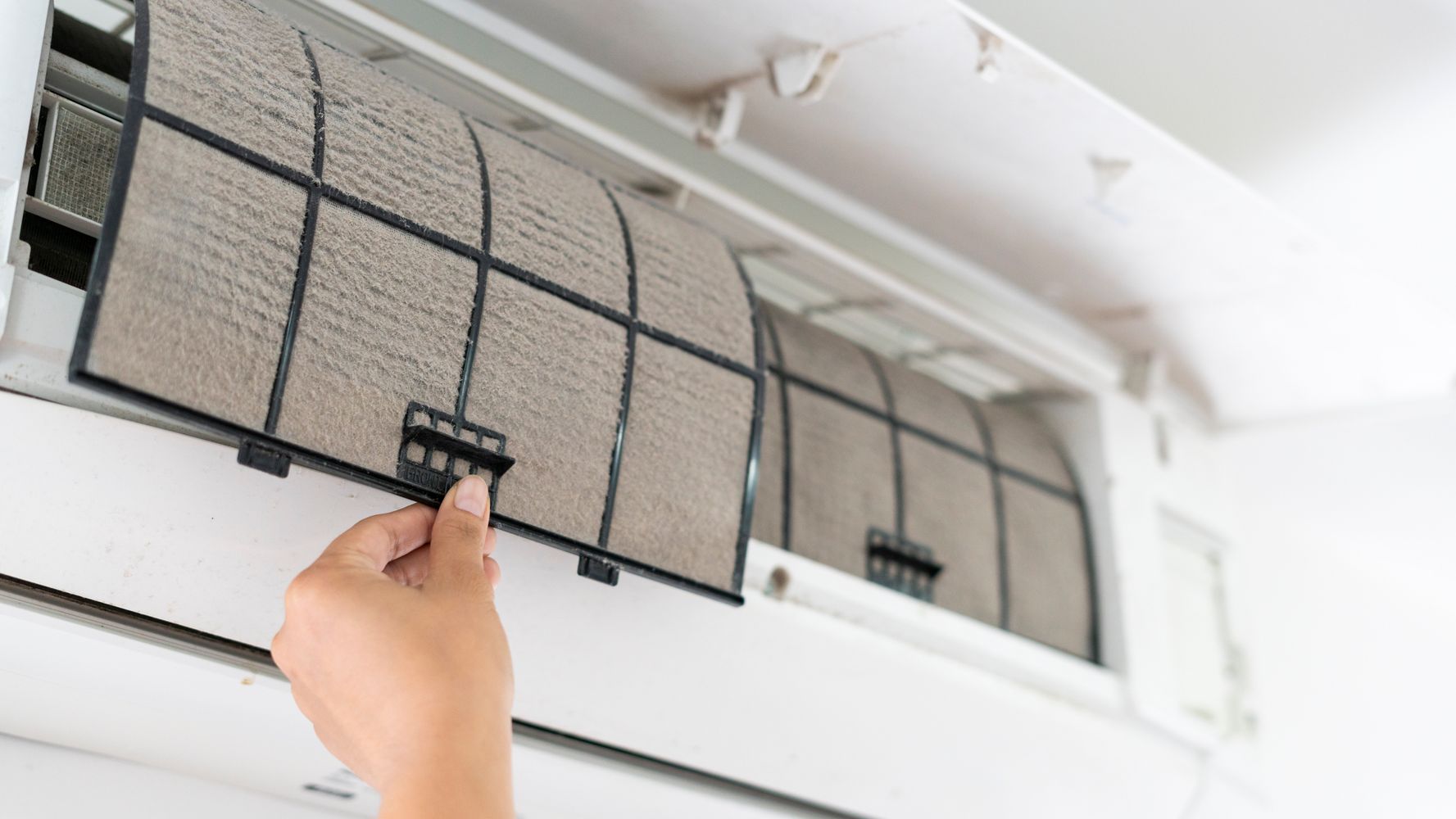
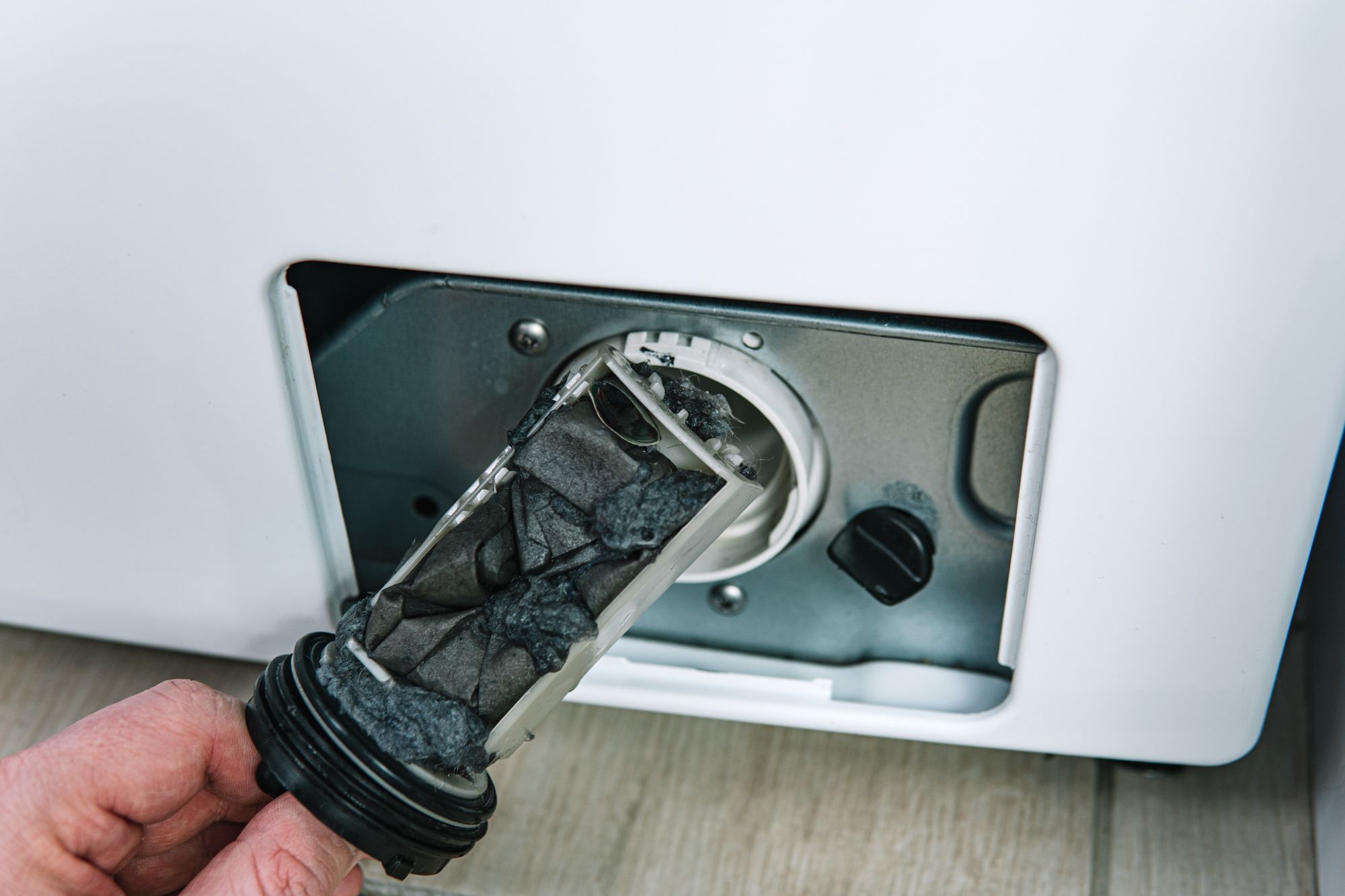
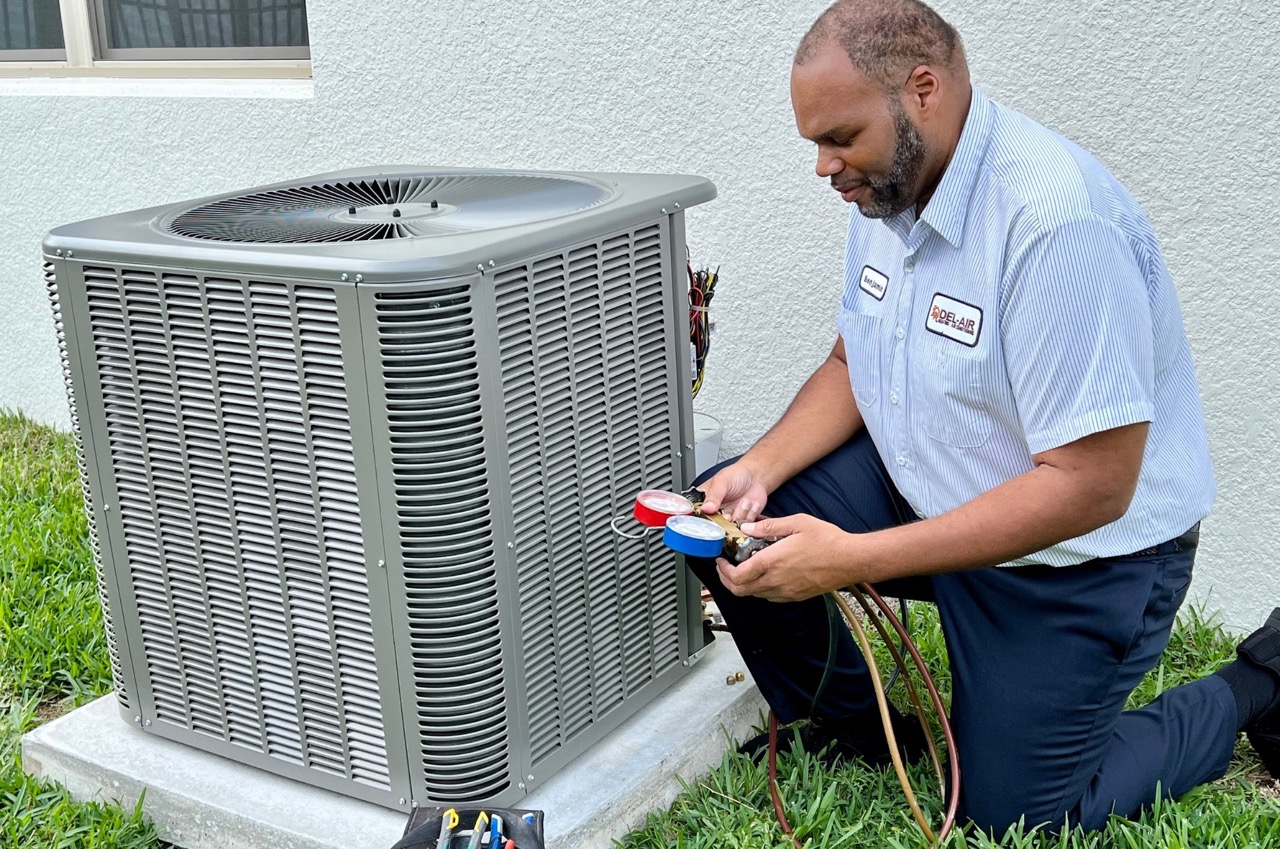
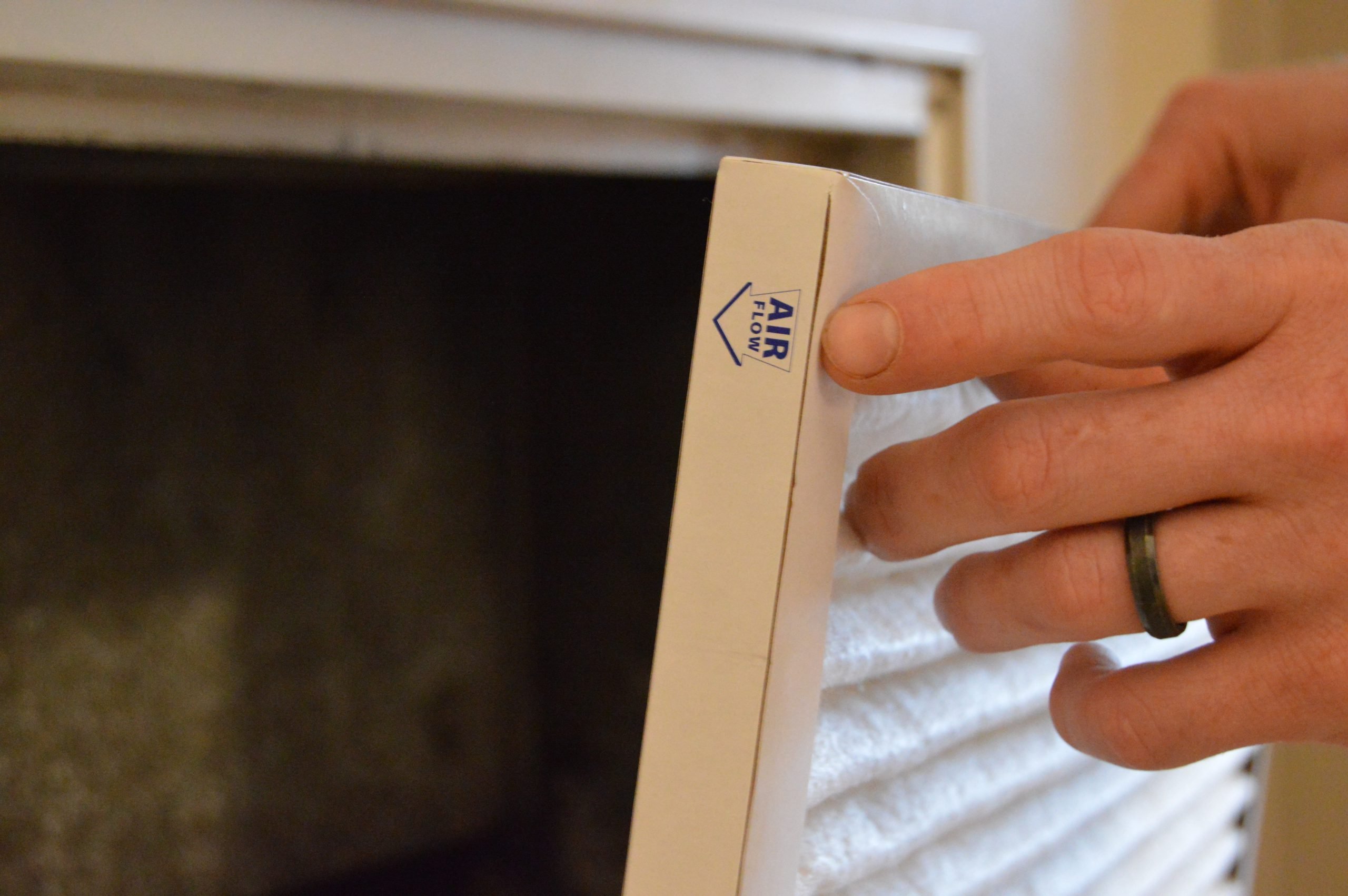
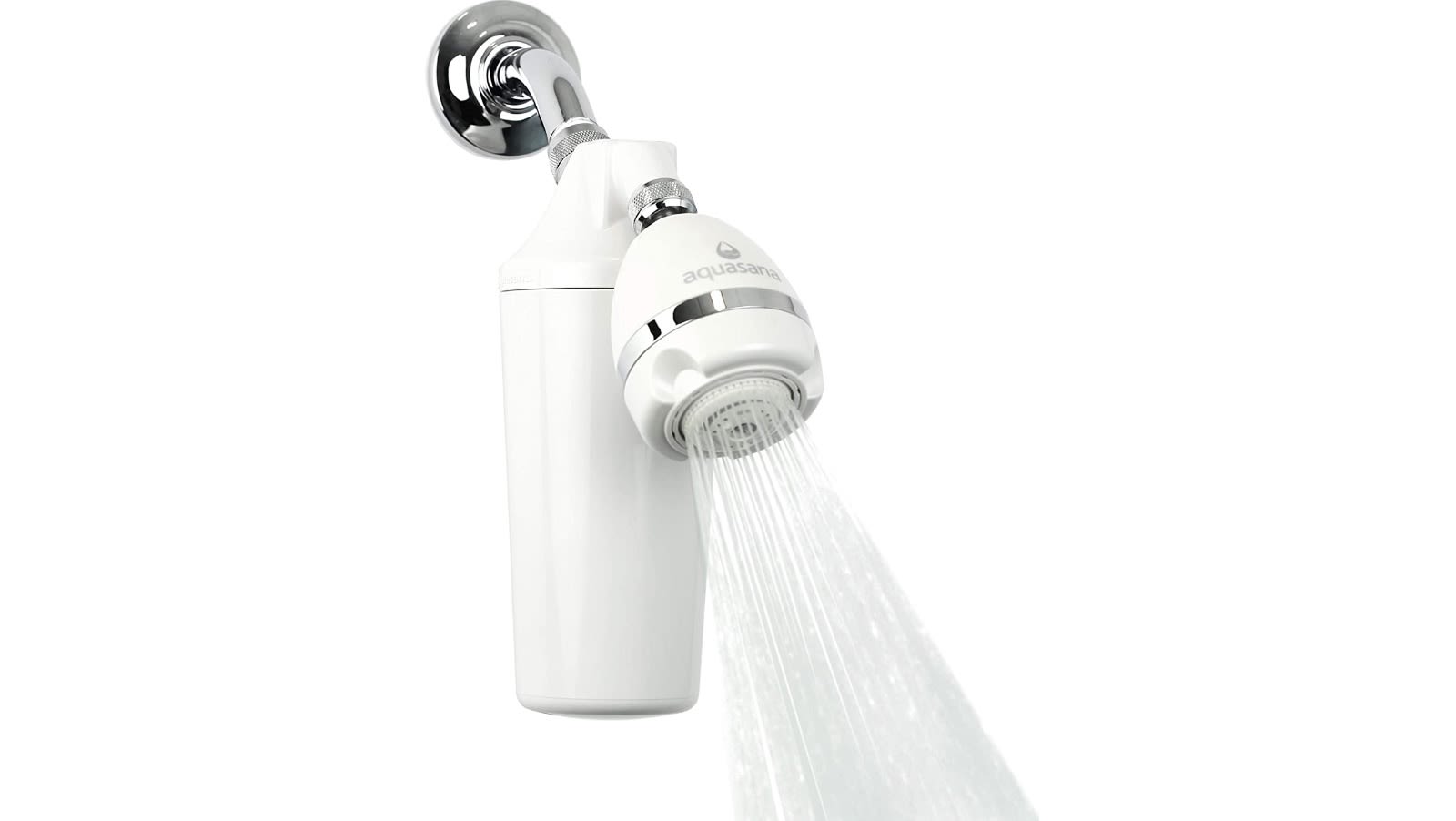
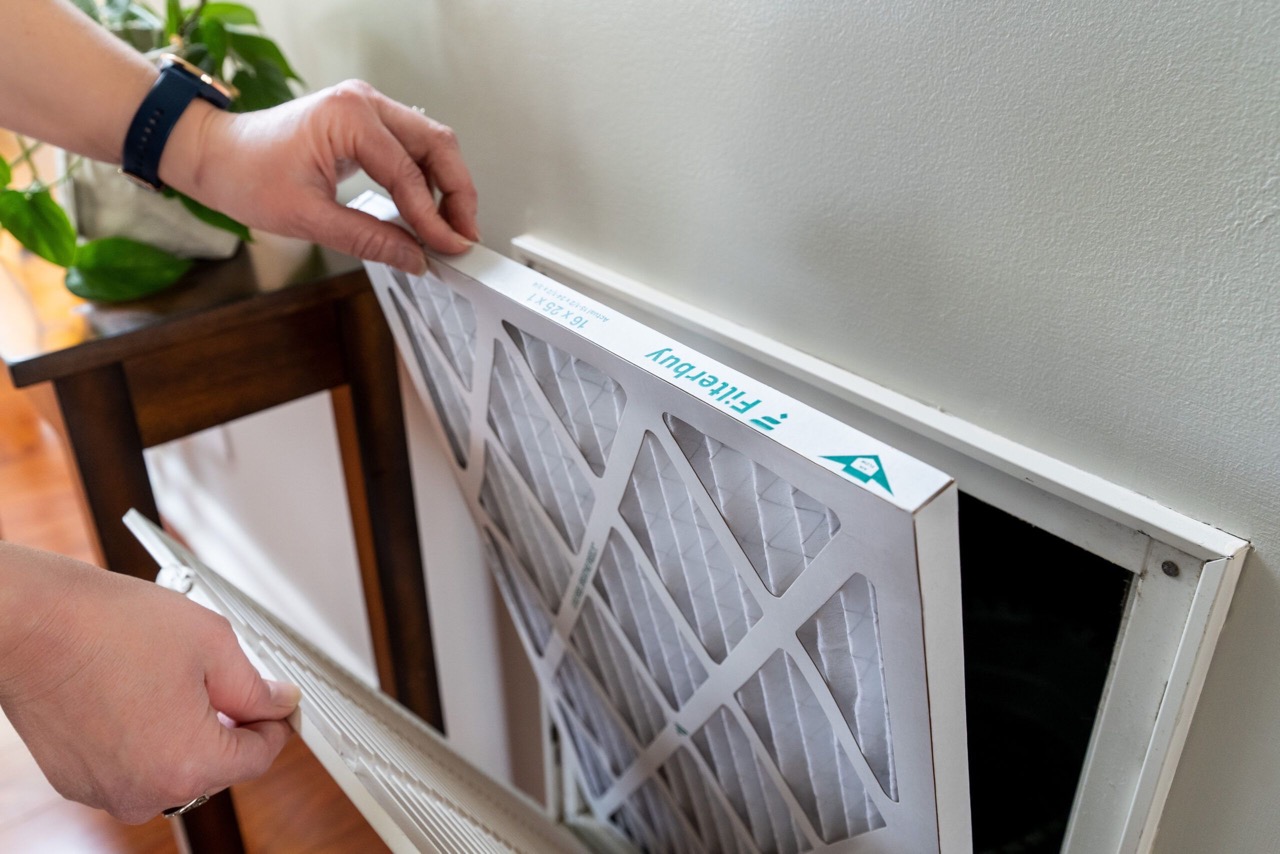
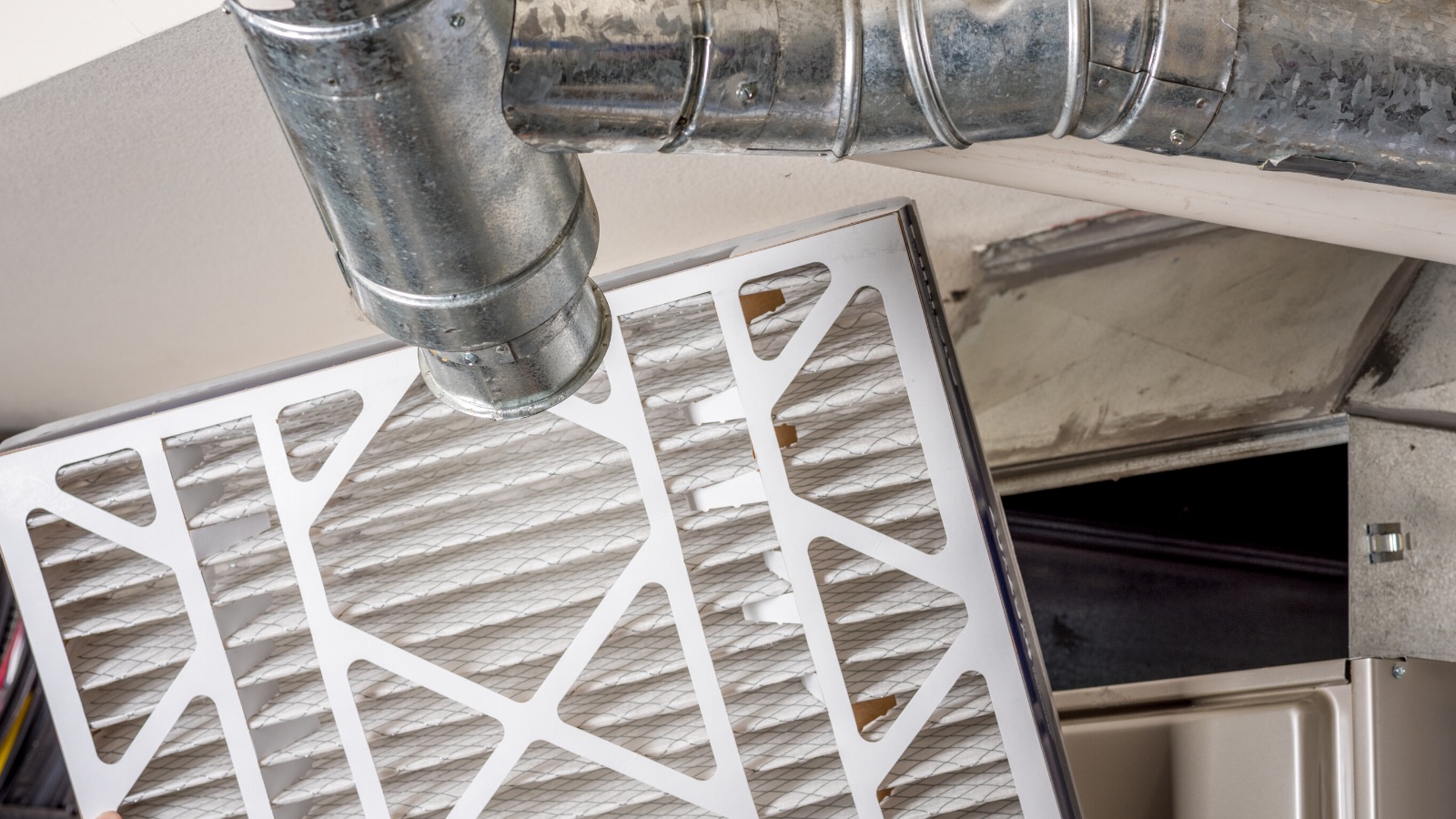
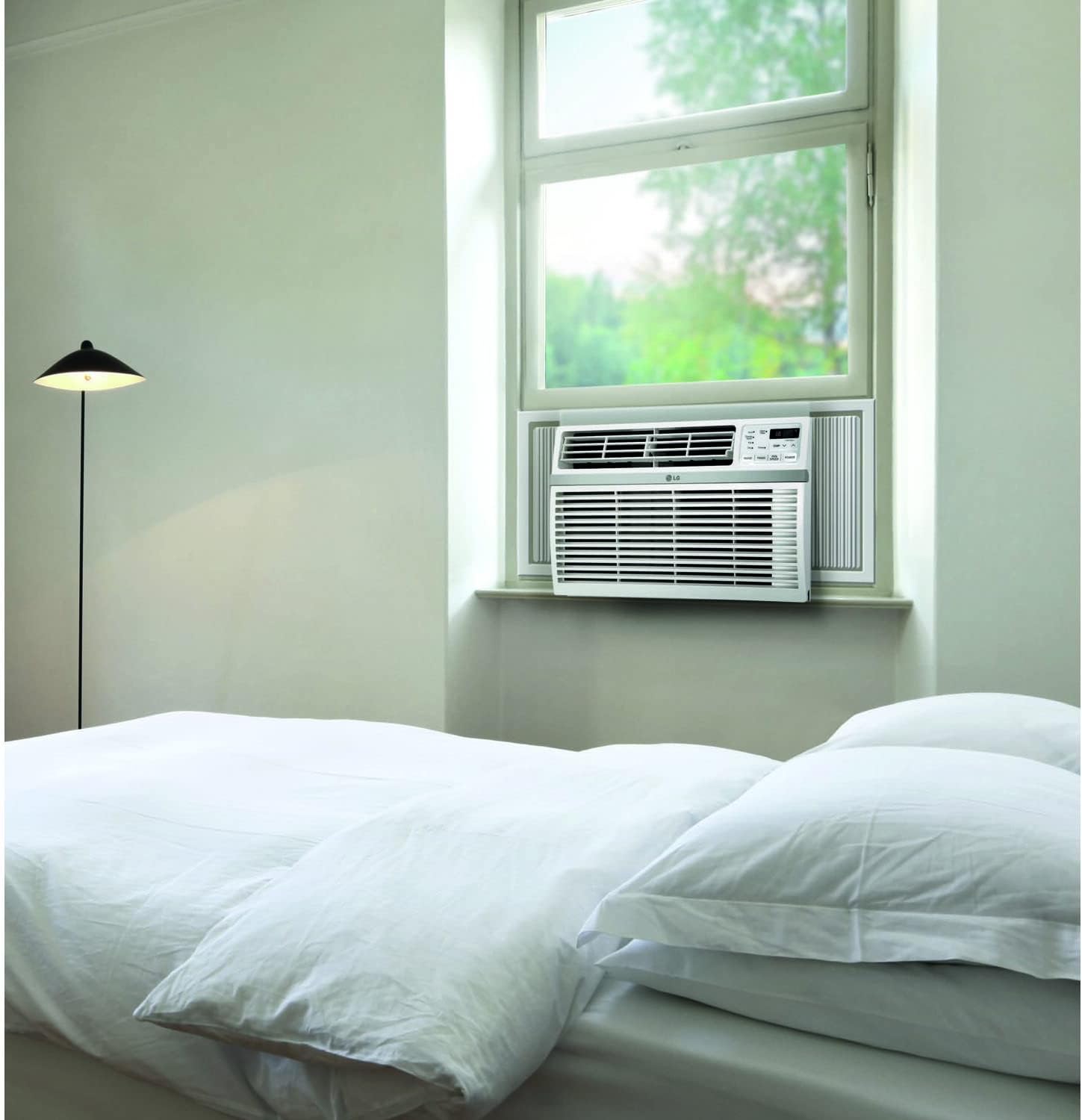
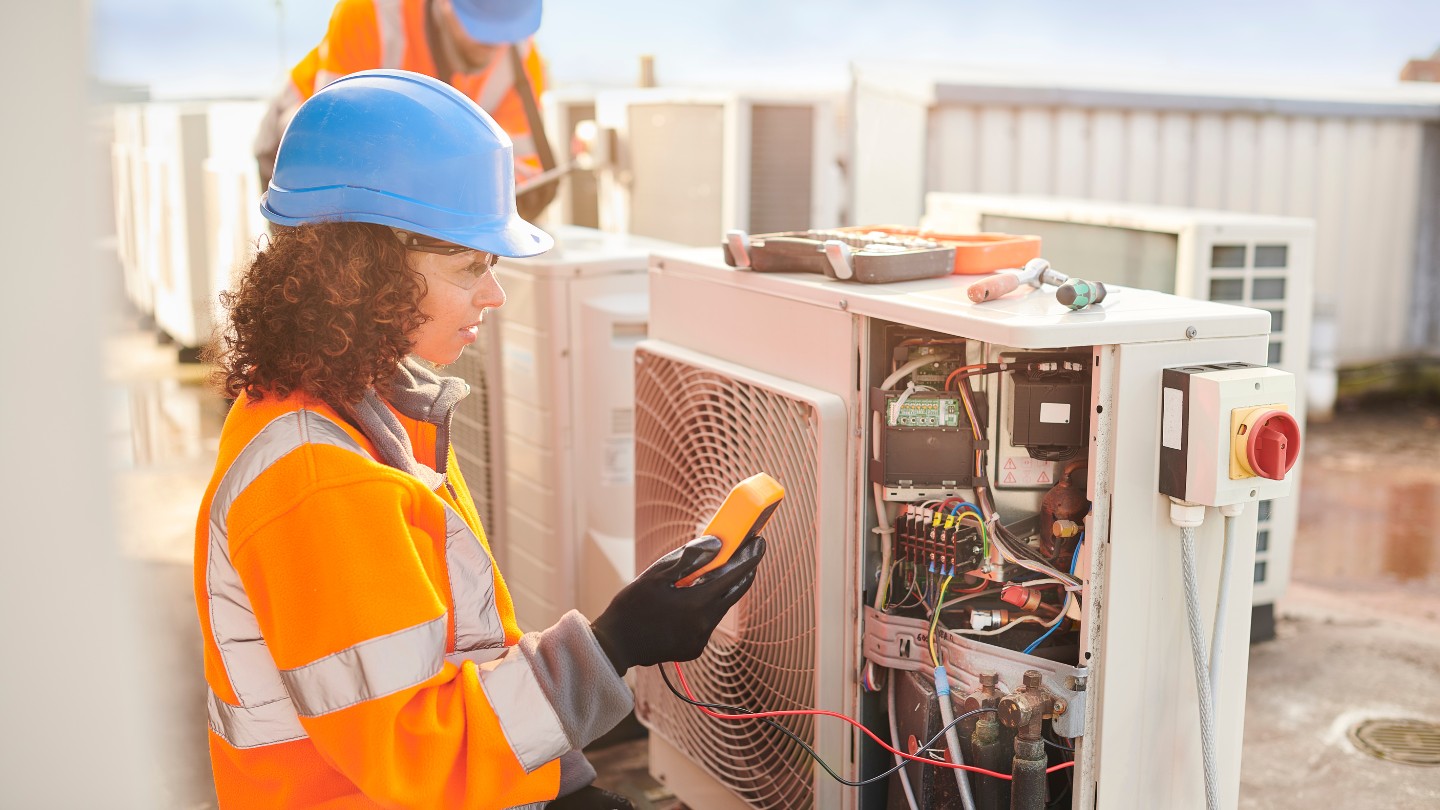
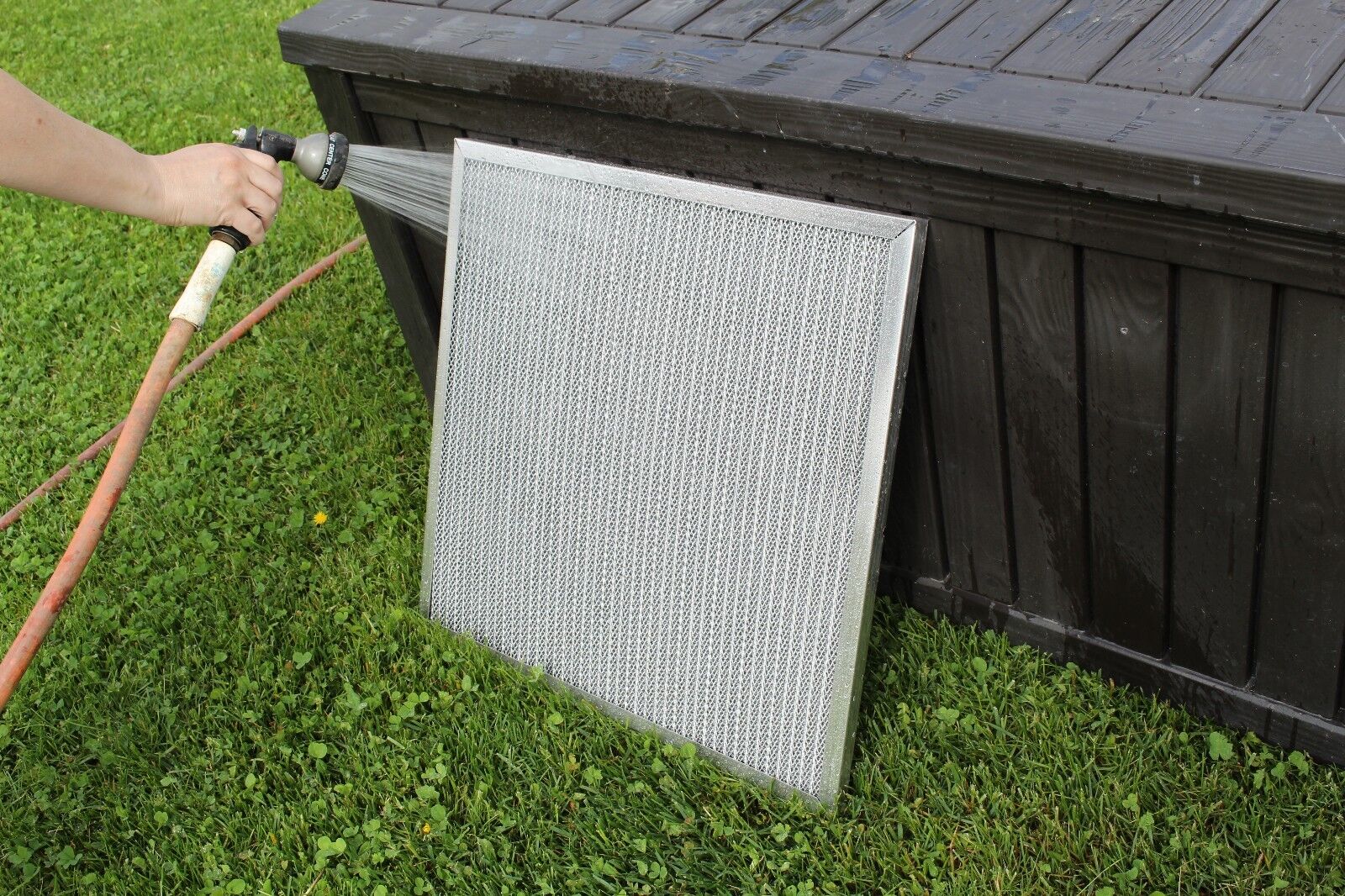
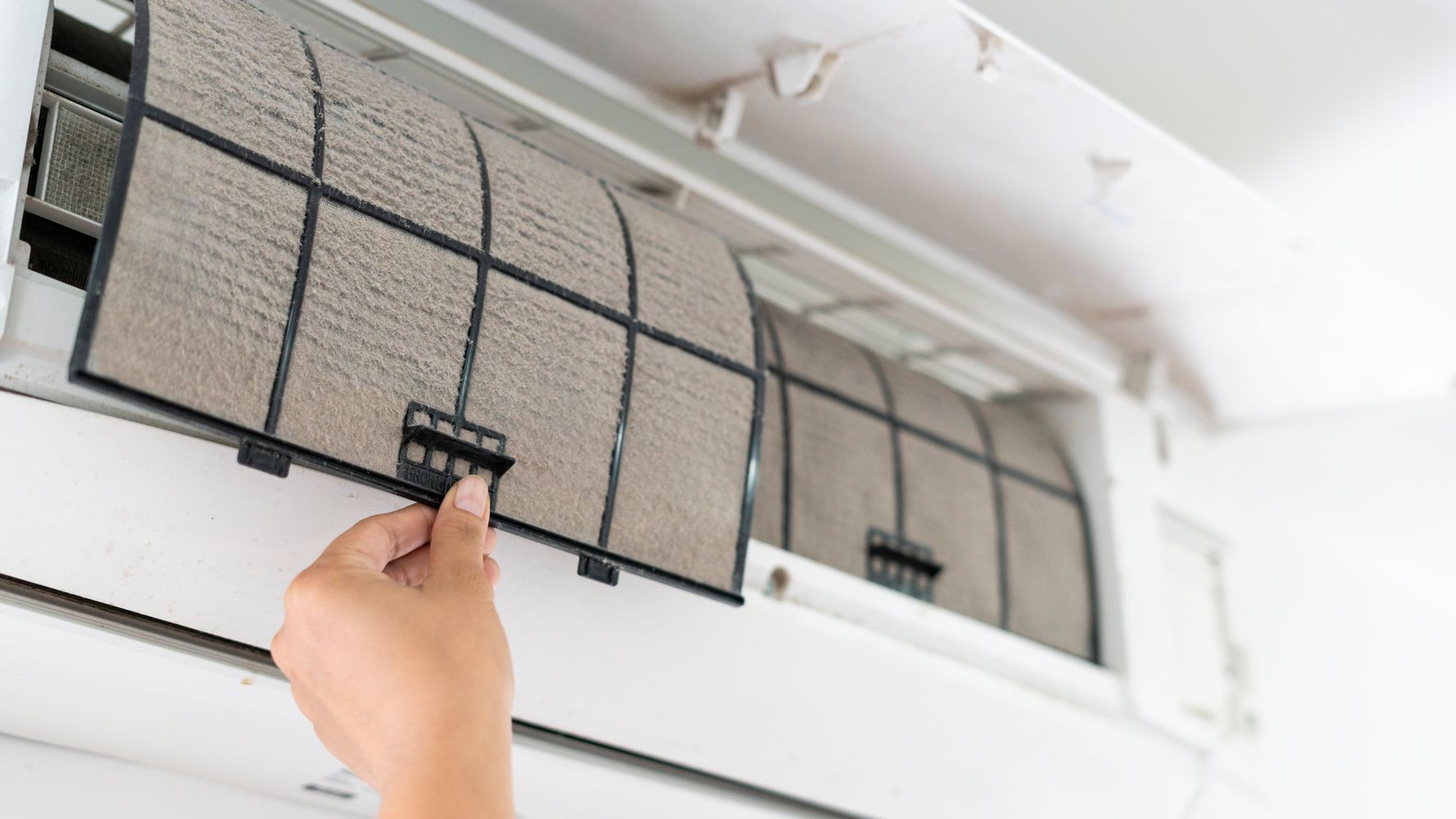

0 thoughts on “Where Is AC Filter”